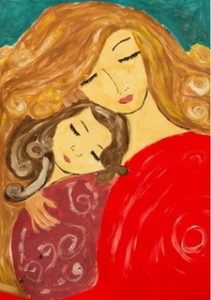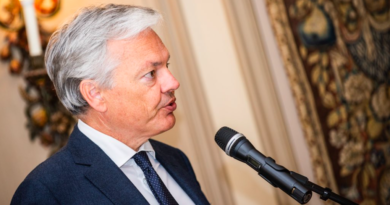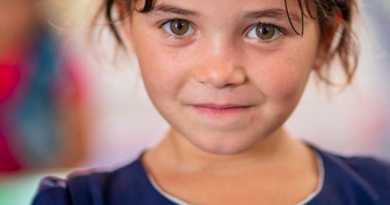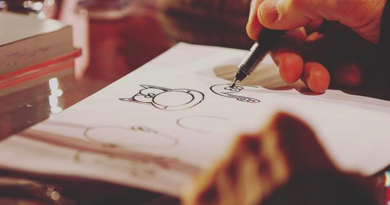Refugees in Lebanon: Art providing a glimpse into the world of child brides
As the saying goes ‘A picture is worth a thousand words’ and that could not be truer in this day and age. In a world where Instagram runs supreme, art can be used to show another side to a crisis. Not only this, but art can be used by those who have suffered due to such a crisis as a means to express themselves. It is a way to give a voice to those who are voiceless. In the context of the ongoing Syrian conflict, many have been left voiceless. In particular young girls who are increasingly subject to the practice of child marriage. Through our artistic programs, we allow these young girls to express their emotions in their creations. This artwork provides a glance into their emotions, worries and desires.

I cook, I clean, I wash
I care about my family
I have a child and I am pregnant
But…
I no longer have time for myself and I forget that I am only 16 years old.
Prior to the outbreak of the Syrian crisis, child marriage was not unknown and affected approximately 13% of Syrian girls. However, since crisis, the practice has risen to over 41% amongst Syrian refugees in Lebanon. This does not include informal unions, which from our experience on the ground are much more common, increasing our most moderate estimates to 50% affected. A number of factors stemming from the uncertainty of the crisis, including poverty, security concerns and lack of access to education have led to an increase in this practice. Child marriage can have a number of ramifications such as higher rates of divorce, mental health issues including suicide, dropping out of school and domestic violence.
After having seen the effects of child marriage first hand including one heartbreaking story of one of our students who had been married and subsequently committed suicide, SB OverSeas began implementing strategies to react to the prevalent practice. Given our understanding that this is something born out of a desire to not only alleviate poverty but also to protect their children and provide a safe future, we have implemented the following strategy that consists of outreach, education and coping mechanisms.
We did this in four ways:
Community outreach: We began by going into the community and talking to the families about the consequences of child marriage and its effects on young girls.
Vocational and educational courses: As education is widely recognised as a factor to prevent child marriage, we are working to keep girls in school and encourage them to think about other options they may have, through providing education in our schools. In addition to this, we run vocational courses where we provide older girls and women with skills that allow them to become somewhat economically independent.
Empowerment courses and psychological support: We also run programs which aim to empower the young women and make them more aware of their rights. This also provides a safe space for them to talk about their experiences and the problems they are facing.
In addition, we offer psychological support to the girls and refer more serious cases to specialised institutions.
SB OverSeas works in Brussels and Lebanon to provide education, empowerment and aid to those escaping confl ict. As part of our empowerment program, we are aiming to end child marriage by bringing awareness to the increasing practice in the refugee camps.



